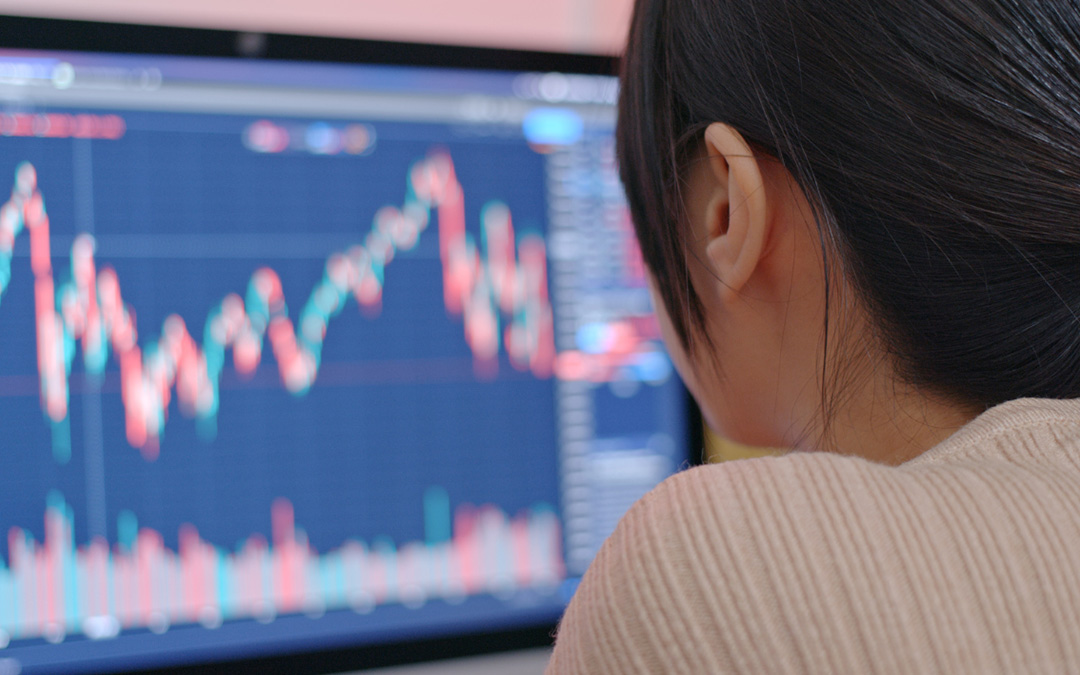
IOU
February 17, 2025
Should I Invest in Gold? Exploring the Pros and Cons with Nicole Sennett
March 19, 2025Investing isn’t just about numbers, charts, or economic reports—it’s also about human behavior. The stock market swings up and down, not only because of corporate earnings or economic data but because of investor emotions.
Two emotions, in particular, dominate the market: fear and greed. When fear takes hold, investors panic and sell, often at a loss. When greed takes over, they rush to buy, sometimes overpaying for assets. The Fear and Greed Index, developed by CNN Business, measures these emotional extremes and provides insight into the psychology behind market movements.
But what does this mean for you as an investor? How can understanding this index help you make smarter financial decisions? Let’s break it down.
What Is the Fear and Greed Index?
The Fear and Greed Index is a tool that measures market sentiment on a scale from 0 to 100:
- 0-49 = Fear (or Extreme Fear) → Investors are pessimistic; markets may be undervalued.
- 50 = Neutral → Market sentiment is balanced.
- 51-100 = Greed (or Extreme Greed) → Investors are optimistic; markets may be overvalued.
This index isn’t based on emotions alone—it incorporates seven key indicators to assess market behavior:
- Stock Price Momentum – Compares the S&P 500 to its 125-day moving average to see if stocks are trending up or down.
- Stock Price Strength – Tracks the number of stocks hitting 52-week highs versus those hitting lows.
- Stock Price Breadth – Analyzes the volume of advancing vs. declining stocks in the market.
- Put and Call Options – Measures how many investors are betting on the market rising (calls) vs. falling (puts).
- Market Volatility – Uses the CBOE Volatility Index (VIX) to gauge uncertainty and risk appetite.
- Junk Bond Demand – Examines whether investors are taking risks on lower-rated bonds.
- Safe-Haven Demand – Compares the performance of stocks to safer investments like U.S. Treasury bonds.
Each of these indicators reflects different aspects of investor sentiment, and when combined, they paint a bigger picture of whether fear or greed is dominating the market.
Why Should You Care About the Fear and Greed Index?
Markets are not always rational. Investors often overreact in both directions—selling in panic when fear is high and buying recklessly when greed takes over.
📉 Fear-driven markets can create buying opportunities, as quality stocks may be trading at a discount.
📈 Greed-driven markets may signal overvaluation, meaning stocks are becoming too expensive, increasing the risk of a pullback.
By tracking the Fear and Greed Index, investors can get a sense of whether market sentiment is aligned with reality or being distorted by emotion.
How Can Investors Use the Fear and Greed Index?
✔ Avoid Emotional Investing – Many investors fall into the trap of following the crowd. They panic and sell when markets dip, then rush to buy when stocks are at all-time highs. Using the Fear and Greed Index as a guide can help you stay grounded.
✔ Look for Opportunities in Fear – Warren Buffett’s famous advice: “Be fearful when others are greedy, and greedy when others are fearful.” When the index signals extreme fear, it could indicate a good time to invest in solid assets at a discount.
✔ Proceed With Caution in Greedy Markets – If the index shows extreme greed, it’s a sign that investors are becoming overly optimistic, potentially driving stock prices too high. This can indicate that a correction may be coming.
✔ Pair It With Fundamentals – While the Fear and Greed Index is a useful tool, it shouldn’t be the only factor guiding your investment decisions. Market sentiment doesn’t always reflect real economic conditions. Always consider fundamental analysis—a company’s financial health, earnings reports, and long-term growth potential—before making moves.
Real-World Examples of Fear and Greed in Action
Extreme Fear: The COVID-19 Crash (March 2020)
At the start of the COVID-19 pandemic, the Fear and Greed Index dropped to near zero as markets plunged. Investors feared a global economic collapse, leading to panic selling. However, those who stayed the course or bought into the market during this time saw significant gains in the following years as markets recovered.
Extreme Greed: The Dot-Com Bubble (Late 1990s – 2000)
During the late 1990s, technology stocks soared as investors chased internet companies with little to no earnings. The Fear and Greed Index would have signaled extreme greed, warning investors of a potential bubble. When the dot-com bubble burst in early 2000, many stocks lost 90% or more of their value.
These examples illustrate how market sentiment can lead to overreactions, making it crucial for investors to step back, assess the bigger picture, and avoid making rash decisions based on emotion.
Stay the Course
The Fear and Greed Index is a powerful tool for understanding market psychology, but it should not dictate your investment decisions alone. Smart investing is about:
- Having a plan – A well-structured financial plan helps you stay focused on long-term goals.
- Being patient – Markets will always go through cycles of fear and greed, but long-term investors benefit from staying invested.
- Diversification – A well-balanced portfolio reduces risk during volatile market swings.
Want to take control of your wealth so you can flourish in financial confidence? Let’s build a strategy that works for you—one that keeps you focused, confident, and prepared, no matter what emotions drive the market.

